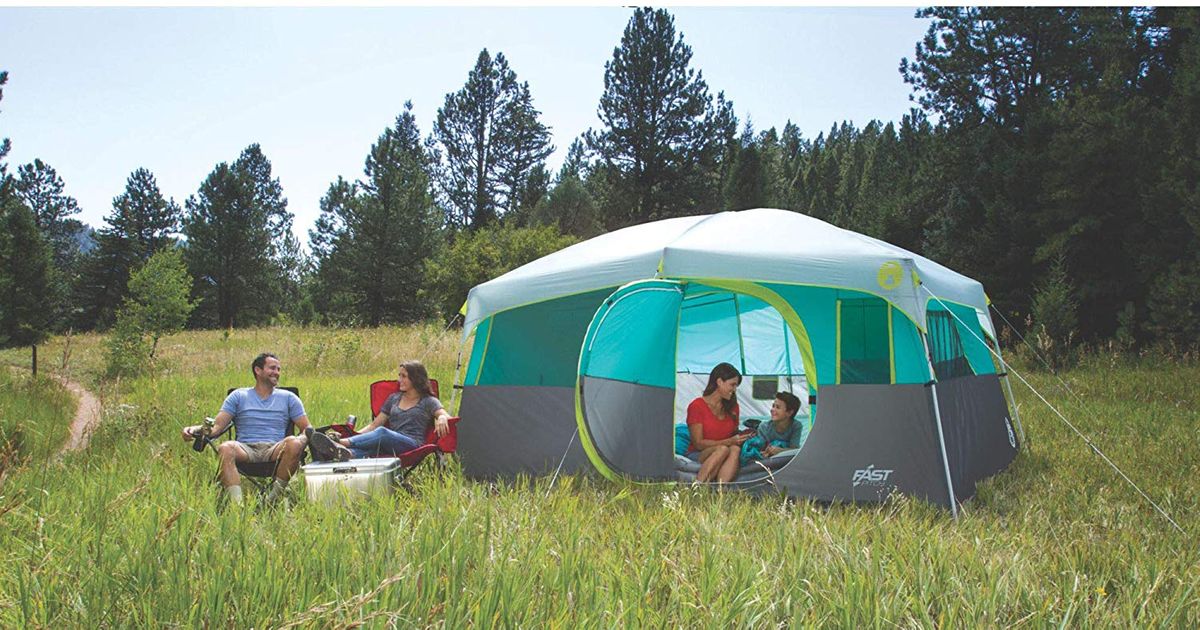Taking Care Of Your Hiking Gear
From drying socks using body heat to dealing with spots made by mildew, we’ll show you how you can protect the clothing that protects you from the elements.
Being outside in the elements needs protection from these elements. As everyone who has been hiking knows, an outdoor adventure typically involves getting sweaty or smoky, as well as wet. Although this is part of the excitement, when dirt, sweat, and dampness remain in the air, it can reduce the longevity of outdoor gear and turn a cheap hobby into one that is very costly.
“Consistent laundering of gear really helps prolong the life of a product,” says Corey Simpson of Patagonia, since textiles made of technical materials “all perform better when they’re not clogged or covered with dirt and oils“.
It is a good idea to wash your clothes with your hands during hikes.
If you have to wash your camping gear on the trip, Simpson says to “find a creek, stream or river to rinse the garments“. While washing your clothes is fine, applying soap to a river isn’t. If your campsite doesn’t have laundry facilities on site the clothes must be hand washed in a bucket or tub using the soap bar that is biodegradable, and the resulting grey water is to be poured out of the area away from running water
Then hang them and dry them in sunshine or the breeze.
What should you do if it rains?
Maintaining the equipment dry is one of the most vital aspects of keeping it clean, because sadly, not all hiking gear is as durable as insulated jackets, but it can be difficult if you find yourself caught in the rain while halfway up a mountain on the trail for a long time.
The first thing you need to do to shake out any excess water and then locate a dry place where you could hang it. The director of product for Kathmandu, Robert Fry, recommends inside “your tent’s vestibule” as the ideal spot to dry it, “so there’s no chance it’ll drip and wet your dry gear, like your sleeping bag“.
Utilizing your body the heat
If your down jacket has been completely soaked, Simpson suggests you “shake the jacket to get the moisture off … and get the down to loft up again“. Additionally, you can use the heat of your body to in drying the garment. Wear the jacket over any wicking layers you have before rubbing your hands across the jacket in order to cause friction and heat entering the jacket from the outside. Then, put the shell on over the jacket and keep moving, so that the body heat can enter the jacket from inside too.
This can also help dry your socks. If your shoes and socks are soaked, Simpson suggests wringing out any excess moisture out of your socks and hanging them up to dry. But if they’re still damp when you go out, “put them in the inside pocket of a jacket to get your body heat to dry them out“.

Post-hike clean up
When you come home from your hike, start by shaking off or washing away any dirt or debris that may have accumulated on your equipment, and afterward wash each item following the guidelines for cleaning. Fry says waterproof products and fabrics that breathe should be cleaned “using a cleaning agent made specifically for [them] on a cold, gentle cycle“.
Inspect and make repairs
If your gear is becoming old and showing indications of wear and tear, Fry advises you to recognize this, as it could affect “your overall experience and safety when spending time ‘out there.”
Of course, there are times when the damage will be superficial and won’t affect the efficiency of your gear. Simpson adds, “If your favorite hiking shirt has a few holes in it, no worries, you can continue to use it and earn some more rips and tears.”
Fry suggests checking your gear at the end of every trip and if you discover any serious problems – for example, broken zips – be sure to get it taken to a specialist repair facility. In this way, you won’t be able to take the time to overlook the issue prior to the next adventure.
